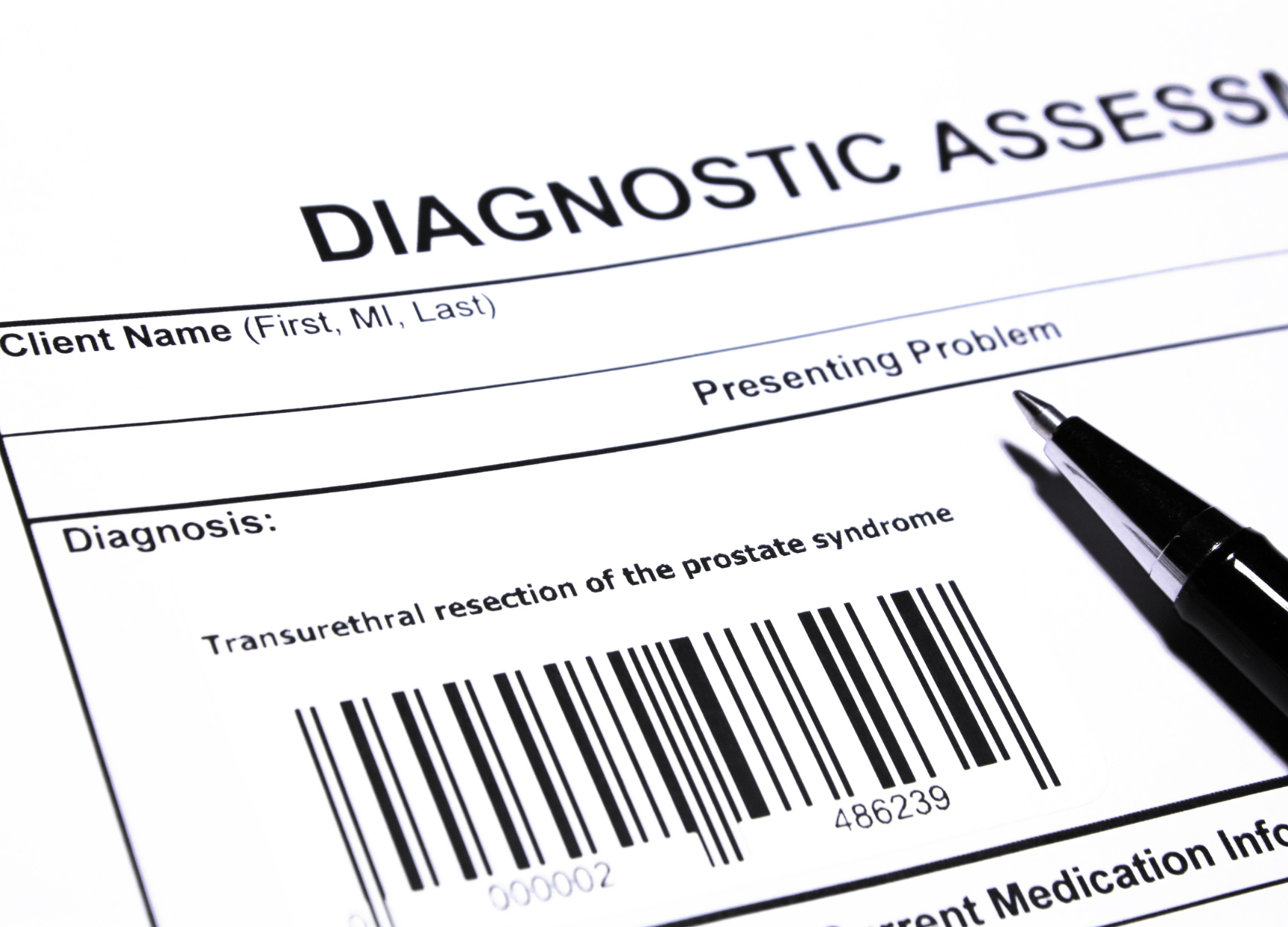Mr Sonpreet Rai
Consultant Urological and Robotic Surgeon
Specialist expertise: Men's Health, Urology, Prostate Cancer Diagnostics, Kidney Stones, BPH Treatment and Surgery, Urinary Infection.
TURP is the longest serving surgical modality employed in the treatment of men suffering with waterworks symptoms relating to benign prostate enlargement

TURP is the longest serving surgical modality (other than open surgery) employed in the treatment of men suffering with waterworks symptoms relating to benign (non cancerous) prostate enlargement - BPE or BPH. Like all technology, there have been significant advances in this procedure, with the development of bipolar or plasma systems, allowing an improvement in safety and rapidity of recovery, leading to shorter in-hospital stays, even the option of a day case procedure. There is a large body of evidence , not least experience too, of the predictable efficacy of TURP in terms of symptom improvement, but also its associated risks of impact upon sexual function with a 45 - 70% chance of permanent dry ejaculation and a small , approximately, 5% chance of deterioration in erectile function. Most guidelines around the world support the option of TURP as a surgical treatment in men with prostate volumes up to 80ml.
TURP is performed under general or spinal (local anaesthetic injected in the spine to numb up from the waist down) anaesthesia and involves the passing of a sheath and telescope down the urethra or waterpipe to the prostate. Electricity flows through a half moon loop of wire, which is drawn through the prostate, allowing the resection of tissue, in chippings, creating a wide cavity through the length of the prostate, maximally relieving obstruction with the aim of improving bothersome urinary symptoms. The length of the procedure is determined by how much tissue needs to be removed, i.e. the size of the prostate, but will typically take an hour or so. Once any bleeding is controlled, the patient is left with a postoperative urinary catheter (tube draining the bladder) and usually bladder irrigation is employed in the first instance to reduce the risk of any blood clots forming that may block the catheter. This irrigation is slowed, then stopped over time, before the catheter is removed and typically one or two nights in hospital are required. With the new bipolar systems, however, control of bleeding can be such that the irrigation is removed that same day and the patient may go home with the catheter, to return a few days later for its removal.
Patients will typically see blood in the urine for 2 to 4 weeks following TURP and may note significant frequency and urgency of urination that usually settles in the same time frame, but it can take 2 or 3 months for all post operative symptoms to settle fully. Return to full normal activity may therefore take a number of weeks and heavy lifting and straining needs to be avoided certainly for the first month or so.
All procedures aimed at removing tissue to create a wide cavity through the prostate have a reoperation rate over time. However, as long as the prostate is not too large ie size appropriate, then a TURP would give long lasting benefit. Should symptoms recur, then further surgery is both possible and safe.
Currently selected day
Available consultations
Introduction
Treatment
Typically 1 hour
Preparation
Stop eating and drinking around 6 hrs before sur...
Risks
N/A
Aftercare
Rest
The specialists at OneWelbeck Men's Health use the latest innovations in healthcare to accurately diagnose and treat a wide range of urological conditions.